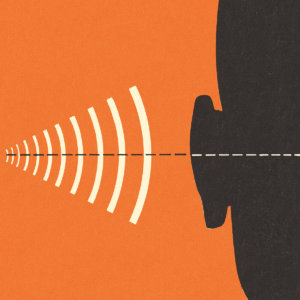MIT Sloan Management Review, Sept. 22, 2016
by Theodore Kinni
 Apple held its “Special Event” and, among other things, officially killed the iPhone’s 3.5-millimeter earbud jack, replacing it with $159 wireless AirPods. My first reaction: Meh. But then I read Mike Elgan’s paean to this development in Computerworld.
Apple held its “Special Event” and, among other things, officially killed the iPhone’s 3.5-millimeter earbud jack, replacing it with $159 wireless AirPods. My first reaction: Meh. But then I read Mike Elgan’s paean to this development in Computerworld.Elgan says that AirPods are actually artificial intelligence hardware. “The biggest thing going on here is the end of ‘dumb speaker’ earbuds, and the mainstreaming of hearables — actual computers that go in your ears,” he says. “Bigger still is that the interface for these tiny computers is a virtual assistant. When you double-tap on an AirPod, Siri wakes up, enabling you to control music play and get battery information with voice commands.”
What does this mean for your company? Soon every employee could have a supercomputer whispering in his or her ear. For instance, Hearables startup Bragi and IBM just announced that they plan to combine Bragi’s Dash earbuds and IBM’s Watson IoT platform “to transform the way people interact, communicate, and collaborate in the workplace.”
Earbud-sporting workers, according to the companies, will use the devices to “receive instructions, interact with co-workers, and enable management teams to keep track of the location, operating environment, well-being, and safety of workers.” Bragi and IBM have targeted six areas of initial focus: worker safety, guided instructions, smart employee notifications, team communications, workforce analysis and optimization, and biometric ID. Read the rest here.














